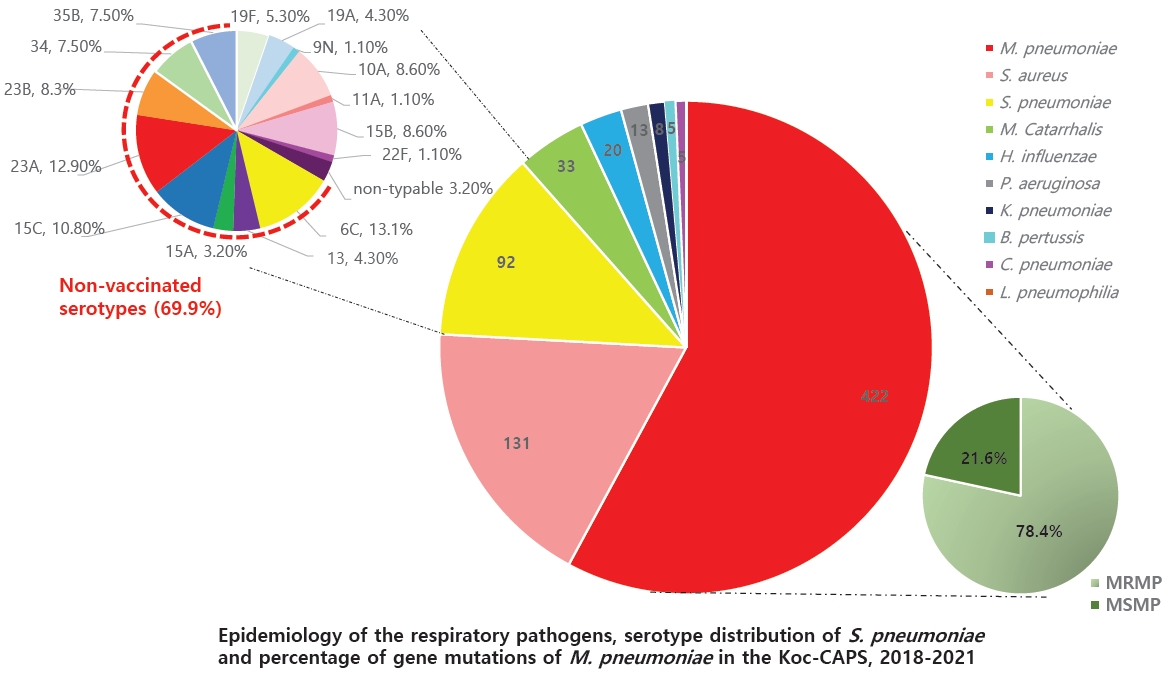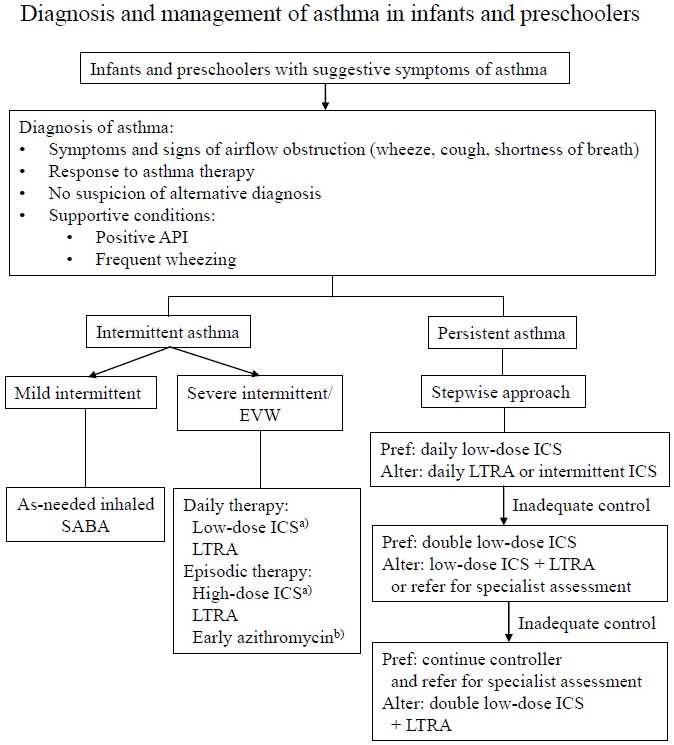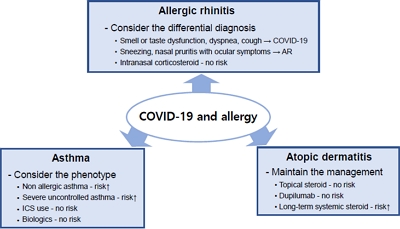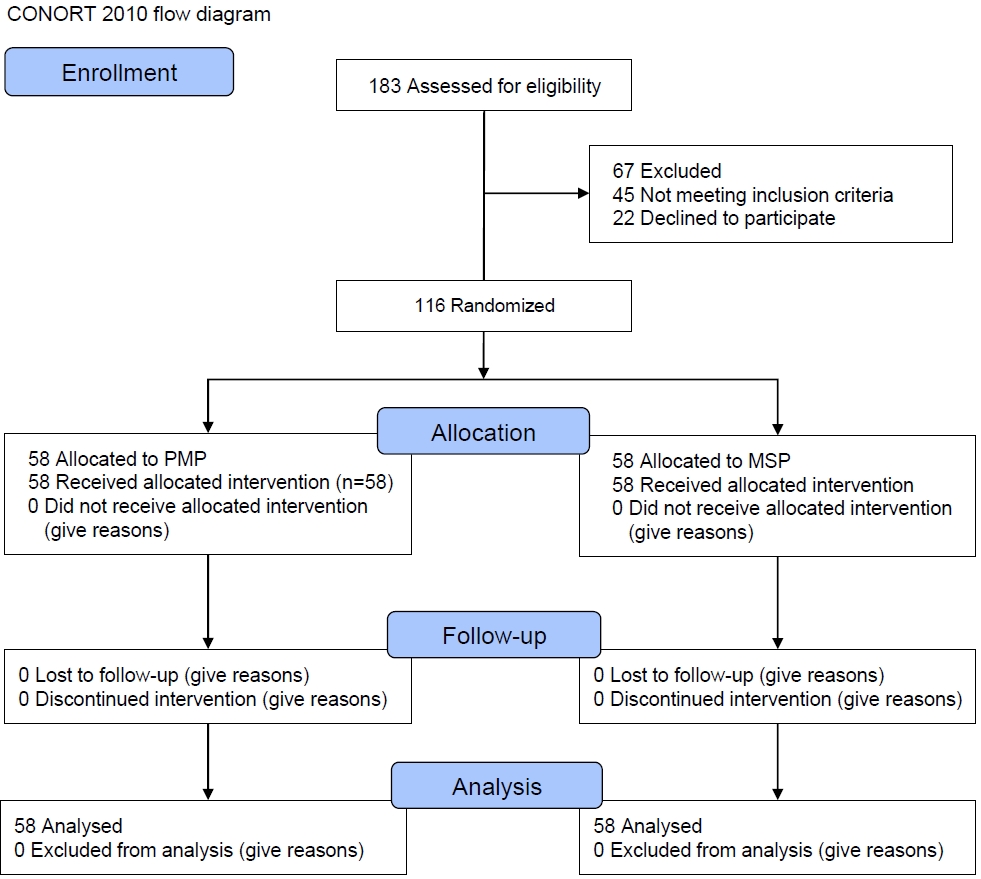- Review Articles
- Infection
- Global varicella vaccination programs
- Young Hwa Lee, Young June Choe, Jia Lee, Eunseong Kim, Jae Young Lee, Kwan Hong, Yoonsun Yoon, Yun-Kyung Kim
- Clin Exp Pediatr. 2022;65(12):555-562. Published online November 2, 2022
-

It is important to evaluate its effectiveness at the national level and to determine the varicella vaccine schedule based on the evidence generated through the studies.
- Pulmonology
- Epidemiology and surveillance implications of community-acquired pneumonia in children
- Eui Jeong Roh, Jung Yeon Shim, Eun Hee Chung
- Clin Exp Pediatr. 2022;65(12):563-573. Published online October 17, 2022
-

The identification of the causative pathogens of community-acquired pneumonia and appropriate treatment and prevention can reduce mortality and the socioeconomic burden by reducing the medical expenses. The world has been in the coronavirus disease 2019 pandemic since 2020, and there is always a risk of continuous emergence and epidemic of new respiratory infectious diseases. Therefore, it is important to sustain a monitoring system for respiratory infectious diseases including pneumonia.
- Allergy
- Diagnosis and management of asthma in infants and preschoolers
- Hai Lee Chung
- Clin Exp Pediatr. 2022;65(12):574-584. Published online April 19, 2022
-

· Asthma in infants and preschoolers involves heterogeneous phenotypes.
· Asthma diagnosis is based on symptom patterns, therapeutic responses, and the presence of risk factors with careful consideration of differential diagnosis.
· Daily inhaled corticosteroid therapy remains the most effective strategy for managing persistent asthma symptoms irrespective of phenotype.
· Future research, including genetic and molecular studies, is needed to develop a clear definition of asthma and personalized therapeutic approaches.
- Editorials
- Gastroenterology
- Ability of probiotics to reduce functional abdominal pain in children
- Ji Sook Park
- Clin Exp Pediatr. 2022;65(12):585-586. Published online October 6, 2022
-
· The ability of probiotics to relieve pain caused by functional abdominal pain disorders (FAPD) in children is unclear.
· Lactobacillus reuteri may effectively reduce pain caused by childhood FAPD.
· Since the routine use of probiotics cannot be recommended due to a lack of clinical evidence, research into probiotic mixtures or symbiotics remains necessary.
- Allergy
- Clinical considerations and practical issues of allergic diseases in COVID-19 era
- Sungsu Jung
- Clin Exp Pediatr. 2022;65(12):587-588. Published online November 29, 2022
-

The risk of sudden acute respiratory syndrome coronavirus 2 infection and severe coronavirus disease 2019 (COVID-19) outcomes is not elevated in patients with the type 2 phenotype and well-controlled asthma. Inhaled corticosteroids, intranasal corticosteroids, and topical steroids can be safely used in COVID-19 patients. Biologics can be safely used by patients with allergic diseases without concern about antibody responses.
- Original Articles
- Gastroenterology
- Ability of polymicrobial probiotic and mono-strain probiotic to reduce functional abdominal pain in children: a randomized clinical trial
- Seyed Sajad Jafari, Seyed Mojtaba Hashemi, Bahman Sadeghi, Amir Almasi-Hashiani
- Clin Exp Pediatr. 2022;65(12):589-594. Published online October 31, 2022
-

· This study compared the ability of 2 probiotics to reduce and improve functional abdominal pain (FAP) in children.
· In the polymicrobial probiotic (PMP) group, 10.34% of children reported no pain; in the mono-strain probiotic (MSP) group, all patients reported low-degree pain. The mean pain score decreased significantly over time in both groups.
· The use of both PMP and MSP is recommended to reduce pain in patients with FAP.
- Pulmonology
- Predictors of high-flow nasal cannula failure in pediatric patients with acute respiratory distress
- Kantara Saelim, Busawan Thirapaleka, Kanokpan Ruangnapa, Pharsai Prasertsan, Wanaporn Anuntaseree
- Clin Exp Pediatr. 2022;65(12):595-601. Published online November 1, 2022
-

SpO2/FiO2 ratio ≤166, pediatric respiratory rate-oxygenation index <132, and clinical respiratory score ≥6 at 12 hours after high-flow nasal cannula (HFNC) initiation were useful bedside predictors for HFNC failure in pediatric patients.
- Clinical Note
- Endocrinology
- Graves’ disease: an uncommon cause of late sequelae following DRESS (drug reaction with eosinophilia and systemic symptoms)
- Therdpong Tempark, Amatanun Tangthanapalakul, Tawatchai Deekajorndech, Susheera Chatproedprai, Vichit Supornsilchai, Siriwan Wananukul
- Clin Exp Pediatr. 2022;65(12):602-604. Published online June 22, 2022
-














